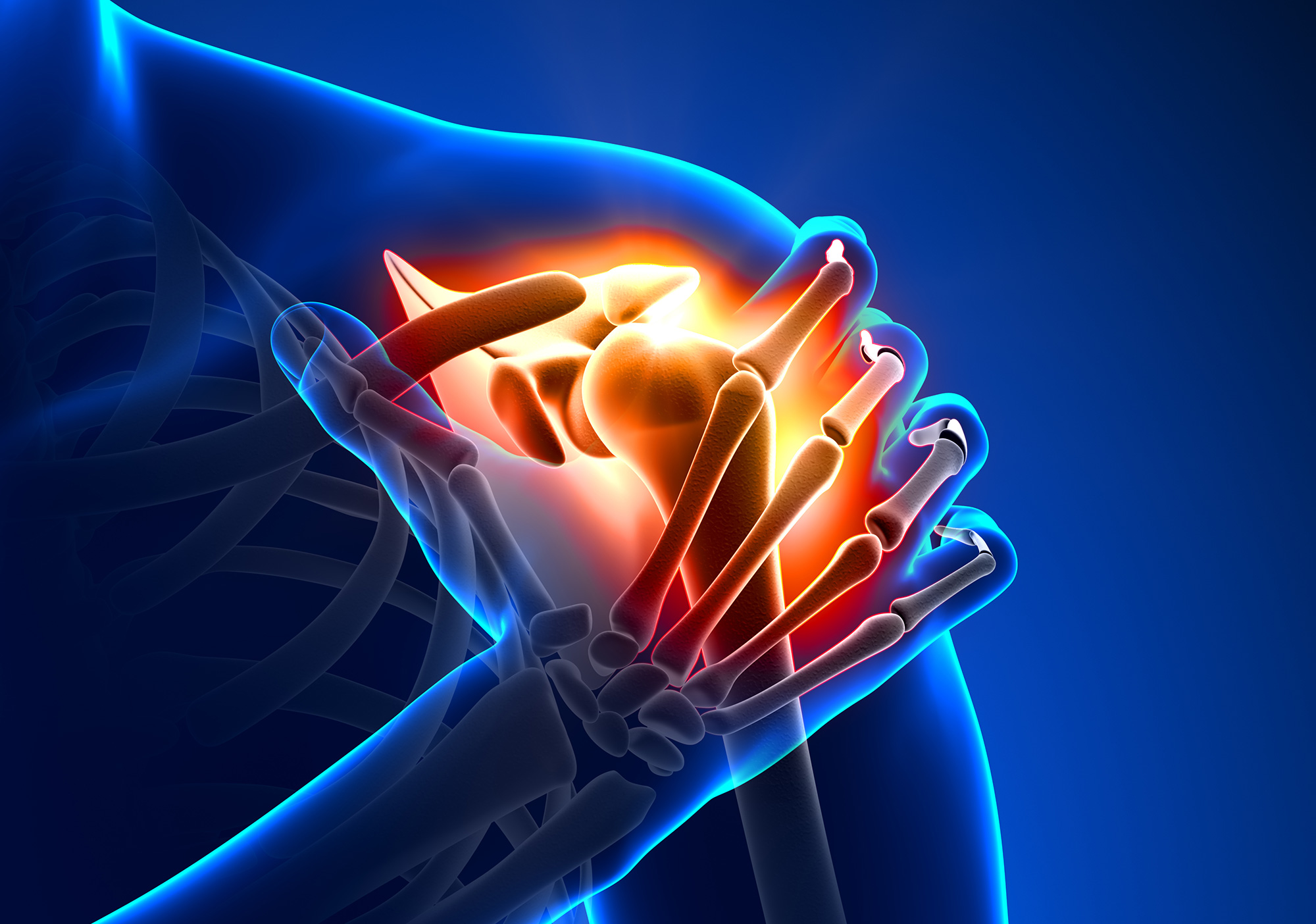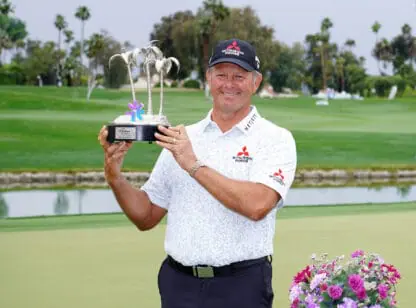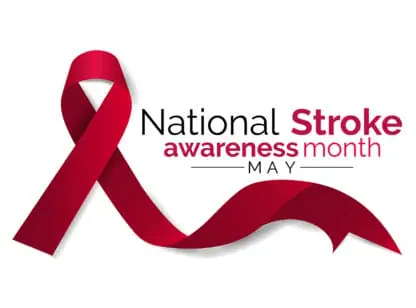Shoulder injuries are very common with golfers because of overuse during the swing. This is due largely in part to poor mechanics, restricted motion due to muscle imbalances, and/or inflammation.
In golf, which many do not consider an overhead sport, 30% of your swing is spent vertically elevated above 90 degrees. The combination of horizontal and vertical extremes has been shown to be a mechanism of a shoulder injury, especially to the rotator cuff.
The term impingement refers to the inability of the rotator cuff tendons to slide freely under the subacromial space, resulting in inflammation and prolonged thickening, which then results in pain and loss of strength.
Golfers get impingement syndrome from elevating their shoulders during the follow-through of the swing instead of rotating their trunk and hips. The symptoms can start slowly and then progress to severe unless manageable care is started. Most golfers don’t want to take a day off, with the desire to be on the course sometimes outweighing treating a problem before it becomes worse.
There are 2 types of impingements, external and internal, depending on which direction is affected.
External impingement is often due to a congenital deformity, or to degenerative changes, where small spurs of bone grow out from the arch and impinge on the tendons. This often comes with age.
Internal impingement occurs in athletes whose throwing or overhead activities are overused with time. The underside of the rotator cuff tendons are impinged against the cartilage of the shoulder known as the labrum.
Management or care for impingement syndrome can solve most of the physical issues that are associated with the syndrome. Physical therapy is a good place to start with an evaluation and treatment plan including range of motion exercises and conservative therapies like ultrasound, electrical stimulation and ice to control inflammation. If that does not seem to help, your physician should order further diagnostic testing like an MRI to visually see if there is damage to the shoulder structure. A cortisone shot, which is more invasive, along with anti-inflammatory medications and continued physical therapy may also be an effective treatment protocol option.
Shoulder impingement doesn’t have to be a lifelong problem; proper care and management can get you back on course quickly.
Michael K. Butler B.A.;P.T.A.;CSCS*D;RSCC*D NMT is co owner of Kinetix Health and Performance Center in Palm Desert. He holds a state license as physical therapist assistant, national certifications of distinction through the NSCA as a strength and conditioning coach, Poliquin International state coach and as a Full body Active Release Techniques Practitioner. Mike can be reached at (760)200.1719 or at [email protected]. kinetixcenter.com.











































Comments (0)